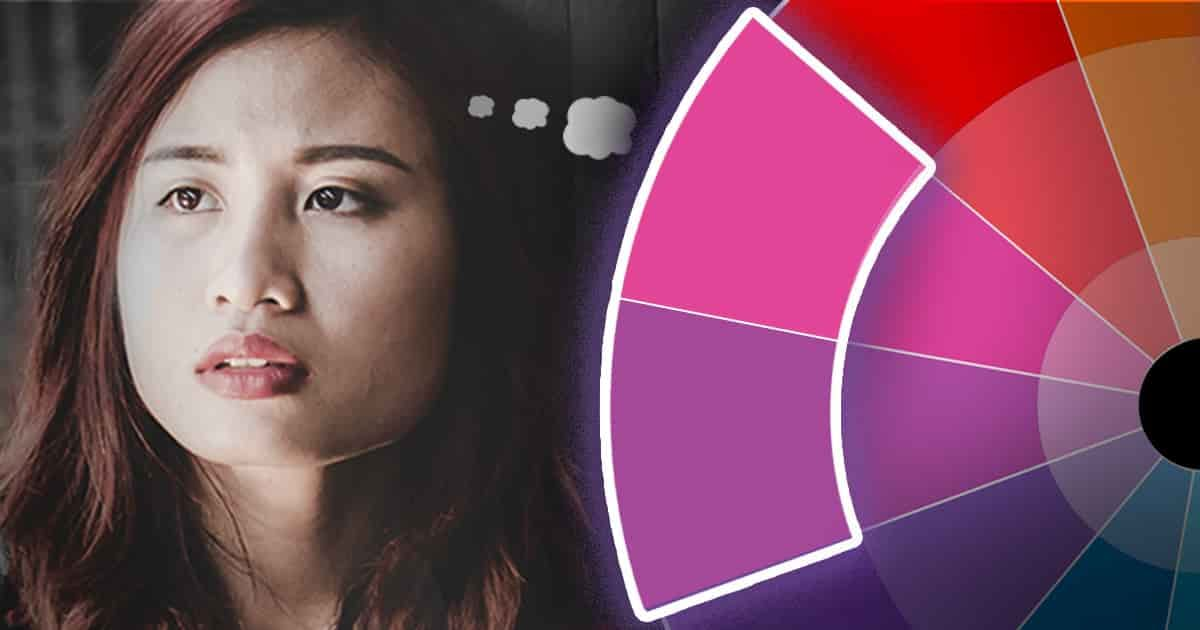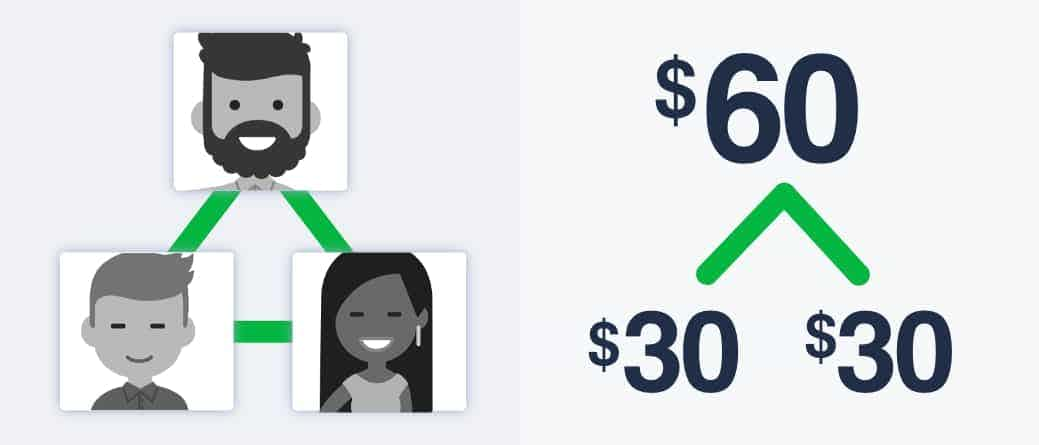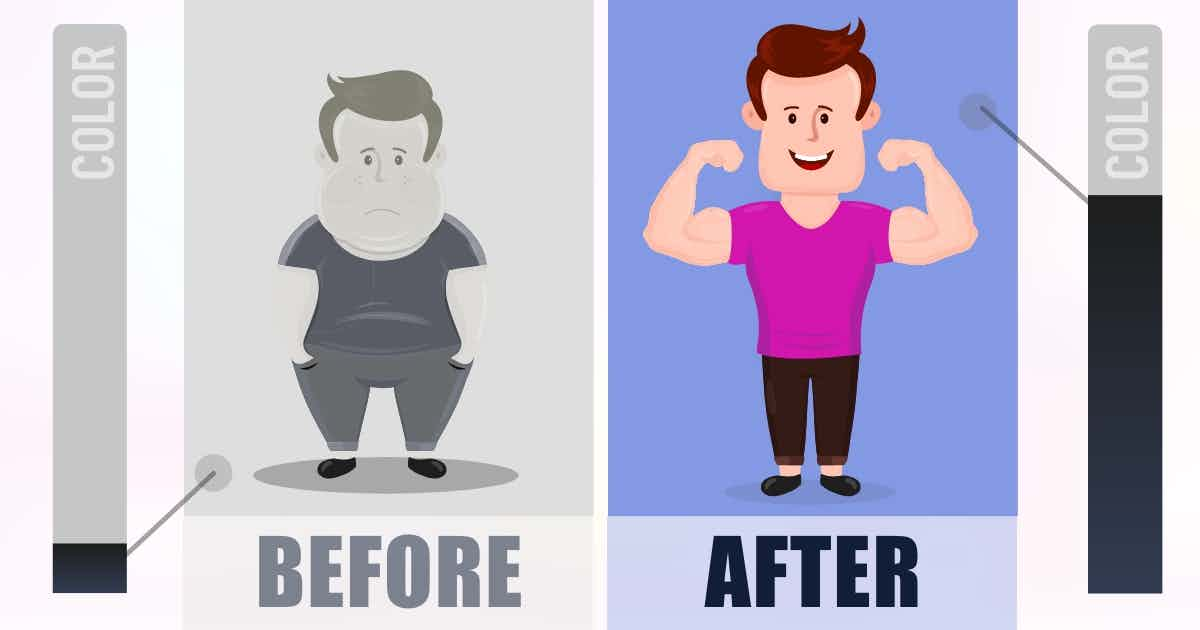Lonely People Prefer Similar Colors
Lonely people prefer similar colors because this visual companionship feels like social companionship.

Overview
What's the best color scheme?
It depends.
Colors possess hidden traits, which can influence our preferences.
For example, lonely people crave sociality. Their brain is monitoring for stimuli that resemble companionship.
Well, imagine two colors that look similar.
Lonely people prefer these colors because the visual companionship feels like social companionship (Kwon, Jeon, & Han, 2024).
Same with round numbers.
Round numbers are divisible by (i.e., connected to) more numbers.
This numerical connectivity feels like social connectivity.

Buying tickets to a social event?
A $60 ticket might "feel right" if you want social connections, whereas $59.87 can feel disconnected and isolated — the antithesis of your need (see Yan & Sengupta, 2021).
Contrast
Or consider visual contrast.
Some customers want a product that "makes a big difference."
Since their brain is craving a difference, try to provide a visual difference. Choose colors with opposite hues or saturation.
Like before-and-after photos:

A visual difference implies a conceptual difference: Hmm, something feels different. Guess the product makes a big difference.
Takeaway
Your branding should symbolize the abstract traits that customers are seeking.
What do customers want? A product that is...
- ...radically different? Use radically different colors.
- ...reliable and consistent? Use the same color.
- ...superior to a competitor? Use a contrasting color.
- ...similar to a competitor? Use a similar color.
Other New Stuff
- Politics and Variety - Conservatives buy a greater variety of products than liberals, but this pattern reverses during crises (e.g., COVD-19).
- Chatbot Gender and Angry Customers - Male chatbots improve satisfaction when they apologize, while female chatbots improve satisfaction when they show appreciation.
- Safety Trainings Are Effective - A 10% increase in hours of safety training reduced hazards by 6%-10%.